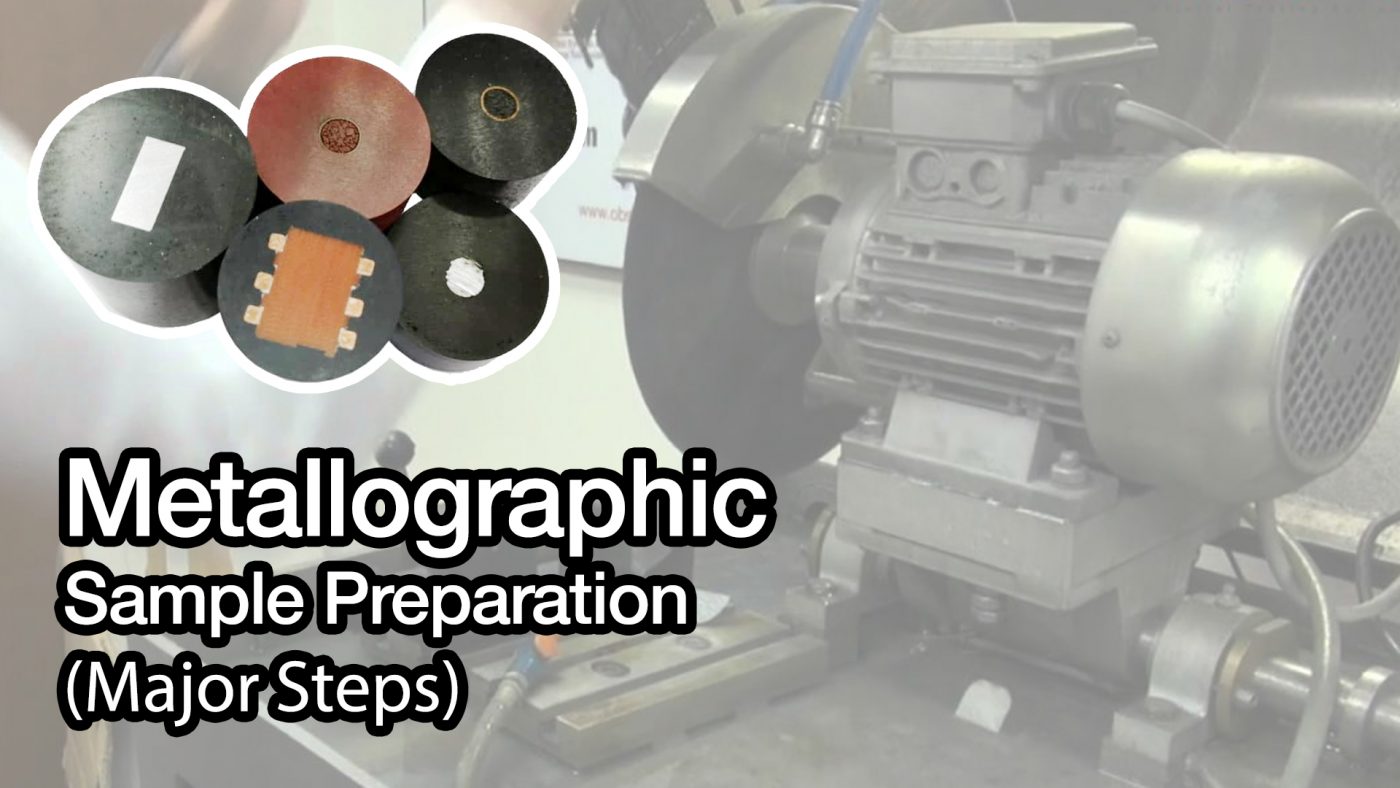| “Quality control for metals & alloys are critical to ensure structure integrity and reliability for the manufacturing use and consumer application…”
Benefits of Metallographic Sample Preparation:
Major Steps: Sectioning and Cutting
Whatever the material is, samples need to be cut accordingly to the area of interest and for handling convenience. Some of the cutting methods used are Abrasive cutting, Diamond wafer cutting, Electric discharge machining (EDM), Fracturing, Thin microtome sectioning, Sawing, Shearing, Water jet cutting, etc. Note: It is important to reduce the chances of microstructure damage to avoid producing false metallographic characterization analysis later. Mounting
After cutting into a small work pieces, it will be compressed in mounting moulds with thermoplastics – acrylics, ambient castable resins or thermoplastic glues. Which:
Grinding & Polishing
Grinding helps to prepare the cut surface or mount for metallographic examination by:
After the grinding process, polishing is done to create a clearer view of the surface on the object while removing minor scratches. Etching
The metallographic etching is a chemical technique used to highlight features of metals at microscopic levels. the specimen is covered or dipped into a protective layer of etching liquid (this varies from the electrochemical, chemical, physical or cathodic vacuum).
Need advice on Metallographic Sample Preparation? Mr. Samson Chong, Product Specialist (+6012-223 2576 – WhatsApp)
Brought to you by, Victor Equipments Resources Sdn Bhd (1021443-H)
Since 2010, VICTOR has companies from: • Automotive Industries Sdn Bhd (AISB)
View original post here |






.jpg)
.jpg)
.jpg)
